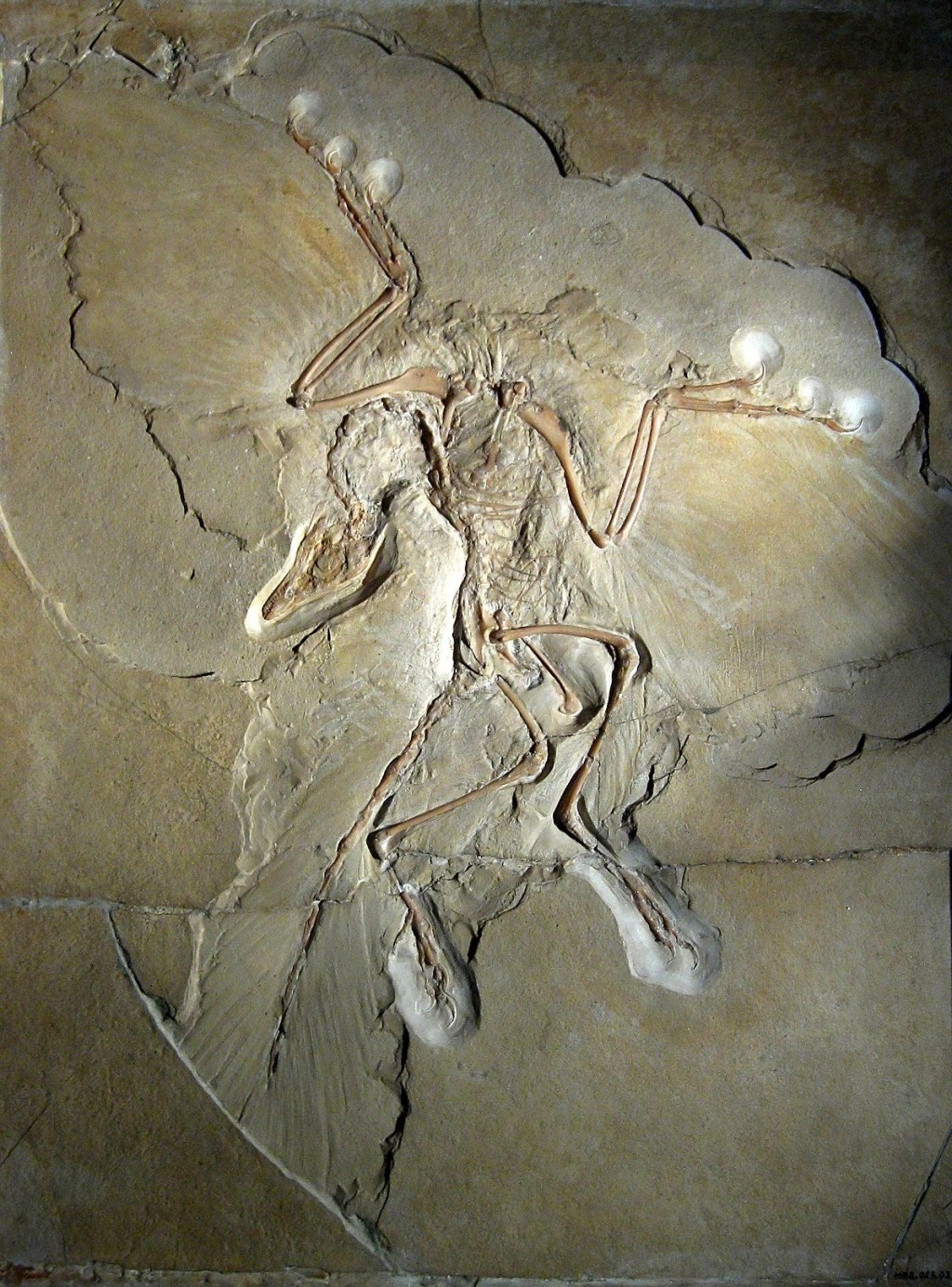Unveiling The Berlin Specimen: Discover The Extraordinary Secrets Within
Berlin Specimen: A Historical and Cultural Treasure
Introduction
Hello, Berlin Visitors! Welcome to this informative article about the Berlin Specimen. In this piece, we will explore the fascinating world of the Berlin Specimen, a historical and cultural treasure that has captivated scholars and enthusiasts for decades. Join us as we delve into the origins, significance, and impact of this remarkable artifact.
2 Picture Gallery: Unveiling The Berlin Specimen: Discover The Extraordinary Secrets Within


The Berlin Specimen is a priceless specimen that holds immense historical value and offers a window into the past. Its discovery and subsequent research have provided invaluable insights into our understanding of a bygone era. In this article, we aim to shed light on the Berlin Specimen, its importance, and its enduring legacy.

Image Source: fossilera.com
So, without further ado, let us embark on this journey to uncover the secrets of the Berlin Specimen.
What is the Berlin Specimen?
The Berlin Specimen refers to a fossilized dinosaur skeleton that was unearthed in Berlin, Germany. It is a complete and exceptionally well-preserved specimen of a dinosaur species that roamed the Earth millions of years ago. This fossil is a testament to the rich diversity of prehistoric life and serves as a crucial piece of evidence for scientists studying the ancient world.

Image Source: wikimedia.org
🦕
The Berlin Specimen is believed to belong to the species Archaeopteryx, which is often referred to as the first true bird. This dinosaur had a unique combination of reptilian and avian features, making it a pivotal find in the field of paleontology. Its discovery revolutionized our understanding of the evolution of birds and their connection to dinosaurs.
🐦
Who Discovered the Berlin Specimen?
The Berlin Specimen was discovered in 1874 by Johann Dörfel, a German collector and fossil enthusiast. Dörfel stumbled upon the fossilized remains while exploring the limestone quarries near Eichstätt, Bavaria. Recognizing the significance of his find, he sold it to the Natural History Museum in Berlin, where it has been housed ever since.
🔍
Over the years, the Berlin Specimen has become a centerpiece of the museum’s paleontological collection, attracting countless visitors from around the world. Its unique characteristics and remarkable state of preservation have made it an object of great scientific and cultural interest.
When and Where was the Berlin Specimen Found?
The Berlin Specimen was found in 1874 in the Solnhofen limestone deposits near Eichstätt, Bavaria, Germany. These deposits are renowned for their exceptional preservation of fossils, providing a rare glimpse into the ancient world.
📅
The Solnhofen limestone was formed during the Late Jurassic period, approximately 150 million years ago. This period marked a crucial time in the evolution of life on Earth, with the emergence of diverse dinosaur species.
🌍
Why is the Berlin Specimen Important?
The Berlin Specimen holds immense importance in the field of paleontology for several reasons:
1. 🦕 It is one of the most complete and well-preserved Archaeopteryx specimens ever found, providing crucial insights into the anatomy and evolutionary history of this ancient bird-like dinosaur.
2. 🐦 The Berlin Specimen offers a direct link between dinosaurs and modern-day birds, supporting the theory of avian evolution.
3. 🔬 Its discovery sparked further research and exploration, leading to the identification of additional Archaeopteryx specimens and a deeper understanding of their significance.
4. 🌍 The Berlin Specimen serves as a symbol of scientific progress and discovery, captivating both experts and the general public.
How was the Berlin Specimen Preserved?
The exceptional preservation of the Berlin Specimen can be attributed to the unique geological conditions present in the Solnhofen limestone deposits. The fine-grained limestone quickly covered the dinosaur remains, protecting them from decay and scavengers.
⛰️
The lack of oxygen in the sediment further contributed to the preservation, as it inhibited bacterial decomposition. Over millions of years, the minerals in the surrounding rock gradually replaced the organic material, resulting in the fossilization of the dinosaur skeleton.
🦴
Advantages and Disadvantages of the Berlin Specimen
Advantages:
1. 📚 The Berlin Specimen provides a tangible link to the past, allowing scientists to study and understand the anatomy and behavior of ancient creatures.
2. 🌍 Its prominence in the Natural History Museum in Berlin attracts visitors from all over the world, generating interest in paleontology and science.
3. 👩🔬 The Berlin Specimen’s importance has paved the way for further research, leading to new discoveries and advancements in the field.
Disadvantages:
1. 💰 The Berlin Specimen’s historical and scientific significance makes it almost irreplaceable, making it challenging to replicate or study alternate specimens.
2. 🏦 The limited accessibility of the Berlin Specimen restricts firsthand examination, relying heavily on digital or reproduced models.
3. 🌍 The intense interest in the Berlin Specimen has led to a high demand for dinosaur fossils, driving up prices and fostering illegal fossil trade.
Frequently Asked Questions (FAQ)
1. Q: How did the Berlin Specimen change our understanding of bird evolution?
A: The Berlin Specimen provided concrete evidence of the existence of feathered dinosaurs, supporting the theory that birds evolved from dinosaurs.
2. Q: Are there any other Archaeopteryx specimens besides the Berlin Specimen?
A: Yes, several other specimens have been discovered, each contributing to our knowledge of this ancient bird-like dinosaur.
3. Q: Can the Berlin Specimen be seen in person?
A: Yes, the Berlin Specimen is on display at the Natural History Museum in Berlin for visitors to admire.
4. Q: How long did the process of fossilization take for the Berlin Specimen?
A: Fossilization is a gradual process that can take millions of years, preserving the remains over an extensive period.
5. Q: Can we extract DNA from the Berlin Specimen?
A: Unfortunately, DNA does not survive fossilization, making it impossible to extract genetic material from the Berlin Specimen.
Conclusion
In conclusion, the Berlin Specimen stands as a testament to the wonders of the prehistoric world. Its discovery and subsequent research have deepened our understanding of avian evolution, offering valuable insights into the ancient past.
Whether you are a paleontology enthusiast, a history buff, or simply a curious visitor, the Berlin Specimen is a sight to behold. Its remarkable preservation and scientific significance make it a must-see for anyone interested in the natural world.
So, the next time you find yourself in Berlin, make sure to visit the Natural History Museum and witness the majesty of the Berlin Specimen firsthand.
Final Remarks
As with any valuable artifact, the Berlin Specimen serves as a reminder of the importance of preserving our natural heritage. It is crucial to protect and conserve such treasures for future generations to appreciate and study.
By understanding the significance of the Berlin Specimen and supporting scientific research, we can continue to unravel the mysteries of our planet’s past and foster a deeper appreciation for the wonders of our natural world.
This post topic: Berlin



